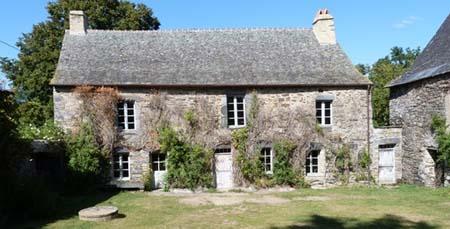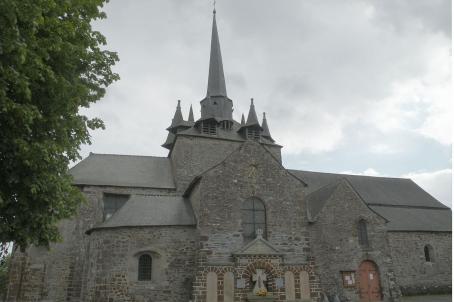Chapel Saint-Jean-Baptiste du manoir de la Coëfferie
The historical importance of the temple of "Coëfferie" is due to its past function of "Preceptory" of the Order of the Knights of the Temple and then "Commandery" of the Order of Hospitallers of Saint John of Jerusalem (or Knights of Malta), making this ensemble the last commandery preserved in Brittany in its historical configuration. The Chapel, dedicated to Saint John the Baptist (patron of the Hospital) is its oldest part.
About this building
The order of the Knights Templar received ‘La Coëfferie’, located in Messac, in 1217 from the Duke P. Mauclerc and Alix of Brittany. Following the dissolution of the Order in 1312, the ‘Coëfferie’ became the property of the Hospitaliers, who already owned a commandery at Carentoir, where the chief regional dignitary resided. When, in the sixteenth century, the manor of Carentoir was destroyed by a fire, the Commander settled at the ‘Coëfferie’ estate, which included a dwelling, a chapel, a square courtyard, a barn and a well. The ‘Coëfferie’ remained the property of the order until the Revolution, surrounded by orchards, cultivated fields, woods, a river with a grain mill and a sheet mill, a large pond and fish ponds.
The oldest part of the ‘Coëfferie’ is the Chapel, dedicated to Saint Jean Baptiste (Patron Saint of the Hospitaliers), whose nave (late twelfth or early thirteenth century) was originally paneled. A transept was added by the Hospitaliers in the 14th century. Above the semicircular window of the choir, we can distinguish the traces of a fresco of Christ sitting, discovered under a plaster in 1970. It seems that a bell tower with double bells surmounted the west side of the nave at the beginning of the 20th century. Two skeletons placed head-to-tail were discovered in the foundations of the choir.
Renovated in the seventeenth century, the ‘Coëfferie’ passed into the hands of private owners at the time of the Revolution, and then remained in the same family until its sale, in 1992, the current owners.
The historical importance of the temple of the ‘Coëfferie’ is due to its past function of ‘Preceptory’ of the Order of the Knights of the Temple, and then as ’Commandery ‘ of the Order of Hospitaliers of Saint John of Jerusalem (or Knights of Malta), making this building the last commandery preserved in Brittany in its historical configuration.






